Home>Home Appliances>Home Automation Appliances>How To Use A Digital Thermostat
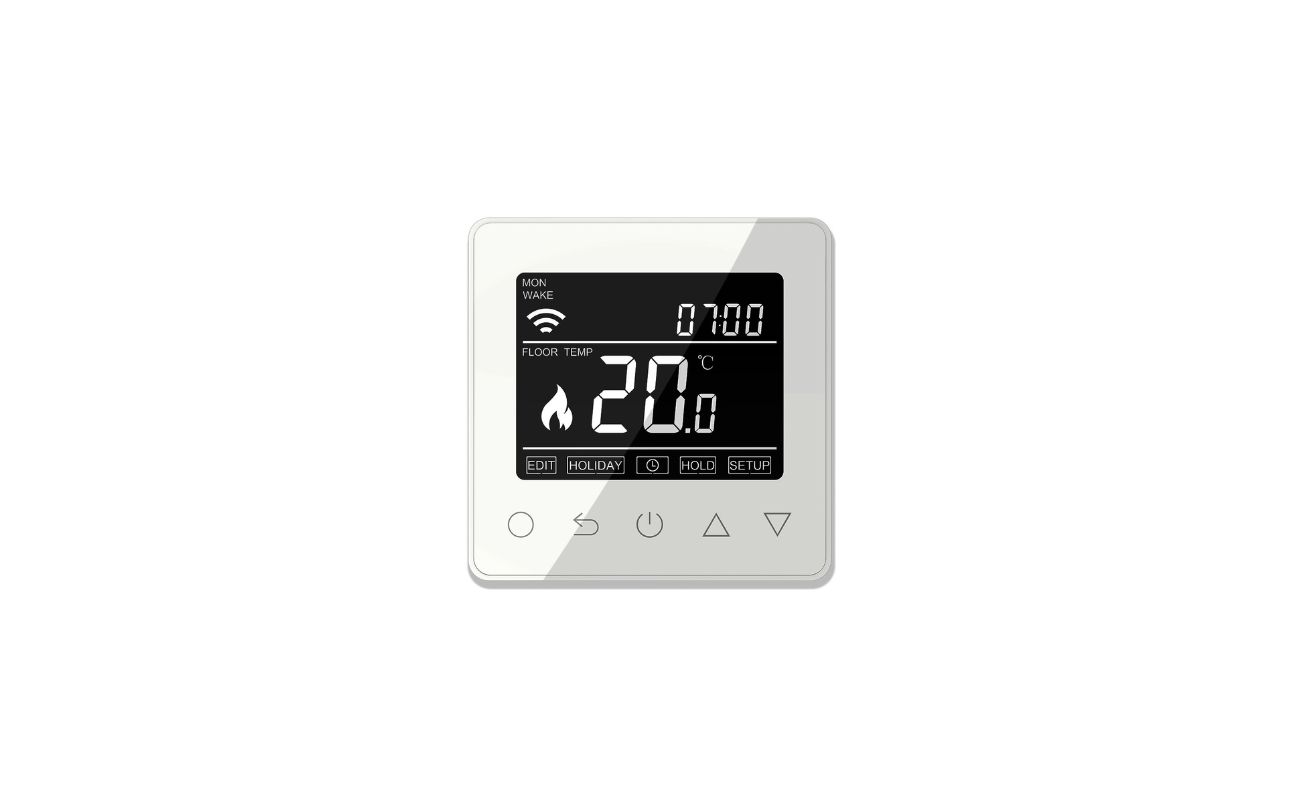

Home Automation Appliances
How To Use A Digital Thermostat
Modified: January 4, 2024
Learn how to use a digital thermostat for efficient home automation. Control your home-automation appliances with ease and save energy.
(Many of the links in this article redirect to a specific reviewed product. Your purchase of these products through affiliate links helps to generate commission for Storables.com, at no extra cost. Learn more)
Introduction
Read more: How To Use Stelpro Thermostat
Introduction
Welcome to the world of digital thermostats, where comfort meets convenience. In today's fast-paced world, technology has revolutionized the way we interact with our homes, and the digital thermostat stands as a shining example of this innovation. Whether you're a tech enthusiast or someone who simply appreciates a cozy living space, understanding how to use a digital thermostat can significantly enhance your home environment while also saving on energy costs.
In this comprehensive guide, we'll delve into the ins and outs of digital thermostats, providing you with the knowledge and confidence to harness their full potential. From the basic setup to advanced programming and troubleshooting, we've got you covered. So, let's embark on this journey to unlock the power of your digital thermostat and take control of your indoor climate like never before.
Throughout this article, we'll explore the various features and functionalities of digital thermostats, offering practical tips and insights to help you make the most of this modern home appliance. Whether you're a seasoned homeowner or a first-time user, this guide will empower you to optimize your digital thermostat for maximum comfort and energy efficiency.
So, grab a cup of your favorite beverage, get comfortable, and let's dive into the world of digital thermostats together. By the end of this journey, you'll be equipped with the knowledge and skills to wield your digital thermostat with confidence, ensuring that your home remains a haven of comfort and relaxation, all at the touch of a button.
Understanding Your Digital Thermostat
Key Takeaways:
- Mastering your digital thermostat empowers you to create personalized temperature schedules, enhancing comfort and energy efficiency while simplifying home climate control.
- Understanding and utilizing advanced features like Wi-Fi connectivity and smart home integration elevates your home comfort and energy management to new heights, providing unparalleled convenience and control.
Understanding Your Digital Thermostat
Before we embark on the journey of mastering your digital thermostat, it's essential to understand its fundamental components and how they work together to regulate your home's temperature. Unlike traditional thermostats, which rely on manual adjustments, digital thermostats offer precise control and advanced features that can significantly impact your indoor comfort and energy consumption.
At its core, a digital thermostat functions as the command center for your heating, ventilation, and air conditioning (HVAC) system. It communicates with your HVAC equipment to maintain the desired temperature within your home, ensuring that you remain comfortable throughout the day and night.
One of the key features of a digital thermostat is its digital display, which provides real-time information about the current temperature, set temperature, and other relevant data. This visual interface allows you to monitor and adjust your home's climate with ease, offering a level of precision that was once unimaginable with traditional thermostats.
Additionally, digital thermostats often come equipped with programmable settings, enabling you to create customized temperature schedules based on your daily routines. This level of automation not only enhances convenience but also contributes to energy savings by optimizing your HVAC system's operation according to your specific needs.
Furthermore, many modern digital thermostats are designed with energy-saving features such as adaptive learning, which allows the device to analyze your temperature preferences and adjust its settings accordingly, ultimately reducing energy waste and lowering utility bills.
Understanding the basic functions and capabilities of your digital thermostat sets the stage for harnessing its full potential. As we delve deeper into this guide, we will explore the various ways you can leverage your digital thermostat to create a comfortable and energy-efficient living environment tailored to your lifestyle.
Setting Up Your Digital Thermostat
Read more: How To Use Dometic Thermostat
Setting Up Your Digital Thermostat
Setting up your digital thermostat is the initial step toward unlocking its capabilities and reaping the benefits of precise temperature control. While the specific setup process may vary based on the model and brand of your thermostat, the following general guidelines will help you navigate through the setup with confidence.
1. Gather Essential Information: Before you begin the setup process, gather important details such as the model number of your thermostat, the type of HVAC system in your home (e.g., single-stage or multi-stage), and any specific wiring requirements. This information will guide you through the setup and ensure compatibility with your HVAC system.
2. Power Off Your HVAC System: For safety purposes, it's crucial to turn off the power to your HVAC system at the circuit breaker before initiating the setup. This precautionary step minimizes the risk of electrical mishaps during the installation process.
3. Remove the Old Thermostat: If you're replacing an existing thermostat with a digital model, carefully remove the old unit from the wall. Take note of the existing wiring and labeling to facilitate the installation of the new thermostat.
4. Install the New Thermostat: Follow the manufacturer's instructions to install the new digital thermostat, ensuring that the wiring is connected securely and accurately. Most digital thermostats come with labeled terminals, simplifying the wiring process and minimizing confusion.
5. Power On and Test: Once the new thermostat is installed, restore power to your HVAC system and test the functionality of the thermostat. Verify that the display is operational, and the basic settings such as time and date are configured correctly.
6. Connect to Wi-Fi (if applicable): If your digital thermostat offers Wi-Fi connectivity for remote access and smart home integration, follow the provided instructions to connect it to your home network. This step enables you to control your thermostat from anywhere using a smartphone or other compatible devices.
By following these steps, you can successfully set up your digital thermostat and lay the foundation for personalized climate control tailored to your preferences and schedule. With the initial setup complete, you're now ready to explore the programming capabilities of your digital thermostat, allowing you to create custom temperature schedules that align with your lifestyle and optimize energy usage.
Programming Your Digital Thermostat
Programming Your Digital Thermostat
Programming your digital thermostat empowers you to create personalized temperature schedules that align with your daily routine, ultimately enhancing comfort and maximizing energy efficiency. Whether you prefer a cozy environment when waking up in the morning or energy-saving settings while you're away from home, the programming features of your digital thermostat offer unparalleled flexibility and control.
1. Understand Your Daily Routine: Begin by identifying your typical daily schedule, including wake-up times, departure for work, return home, and bedtime. This understanding will serve as the foundation for creating a tailored temperature program that complements your lifestyle.
2. Access the Programming Menu: Navigate through the thermostat's menu to access the programming settings. Depending on the model, you may find options for setting different temperatures for specific times of the day, days of the week, or even individualized settings for weekends and weekdays.
3. Set Temperature Setpoints: Define the desired temperatures for each segment of your day, taking into account your activities and preferences. For example, you may opt for a lower temperature during the day when the house is unoccupied and a warmer setting in the evenings when everyone is home.
4. Utilize Vacation Mode: Many digital thermostats offer a vacation or away mode, allowing you to set a temporary temperature schedule for extended periods of absence. This feature is particularly useful for conserving energy while ensuring that your home remains adequately conditioned in your absence.
5. Enable Adaptive Learning (if available): Some advanced digital thermostats incorporate adaptive learning algorithms that analyze your temperature adjustments over time, automatically refining the programmed schedule to optimize comfort and energy usage based on your habits.
6. Test and Refine: After programming your thermostat, monitor its performance and make adjustments as needed to fine-tune the temperature settings. Over time, you may discover new preferences or routines that warrant modifications to the programmed schedule.
By leveraging the programming capabilities of your digital thermostat, you can create a customized climate control strategy that not only caters to your comfort but also contributes to energy conservation. The ability to automate temperature adjustments based on your daily rhythm ensures that your home remains welcoming and energy-efficient, reflecting your unique lifestyle and preferences.
Using Advanced Features
Read more: How To Use King Thermostat
Using Advanced Features
Modern digital thermostats are equipped with an array of advanced features designed to elevate your home comfort and energy management to new heights. By exploring and utilizing these advanced functionalities, you can further optimize your indoor environment and streamline the operation of your HVAC system.
1. Wi-Fi Connectivity: If your digital thermostat offers Wi-Fi connectivity, take advantage of this feature to access your thermostat remotely via a smartphone app or web interface. This capability enables you to adjust temperature settings, monitor energy usage, and receive alerts from anywhere, providing unparalleled convenience and control.
2. Smart Home Integration: Many digital thermostats are compatible with smart home platforms such as Amazon Alexa, Google Assistant, or Apple HomeKit. By integrating your thermostat with these systems, you can incorporate temperature control into broader home automation routines, creating seamless and interconnected experiences within your living space.
3. Geofencing Technology: Some advanced thermostats utilize geofencing, a feature that leverages your smartphone's location to automatically adjust the temperature as you enter or leave a predefined area around your home. This hands-free approach to temperature management ensures that your home is consistently comfortable while optimizing energy usage based on your presence.
4. Energy Usage Reports: Take advantage of energy usage reports provided by your digital thermostat to gain insights into your HVAC system's performance and energy consumption patterns. By understanding how and when energy is utilized, you can identify opportunities for further efficiency improvements and cost savings.
5. Voice Control: If your thermostat is compatible with voice assistants, explore the convenience of adjusting temperature settings using voice commands. This hands-free approach to thermostat control simplifies the user experience and seamlessly integrates temperature management into your daily activities.
6. Maintenance Reminders: Some digital thermostats offer maintenance reminders for tasks such as filter replacements and HVAC system inspections. By staying informed about essential maintenance activities, you can prolong the lifespan of your HVAC equipment and ensure its continued efficient operation.
By embracing the advanced features of your digital thermostat, you can transform your home climate control experience into a seamless, intelligent, and energy-conscious endeavor. These features not only enhance convenience and comfort but also empower you to make informed decisions that optimize energy usage and contribute to a sustainable and efficient home environment.
Troubleshooting Common Issues
Troubleshooting Common Issues
While digital thermostats are designed to provide reliable and precise temperature control, occasional issues may arise that require troubleshooting to restore optimal functionality. By familiarizing yourself with common problems and their solutions, you can address potential challenges swiftly and ensure that your digital thermostat continues to operate seamlessly.
1. Incorrect Temperature Readings: If your thermostat displays inaccurate temperature readings, verify that it is not exposed to direct sunlight, drafts, or heat-emitting appliances, as these factors can skew the readings. Additionally, recalibrate the thermostat if necessary and consider replacing the temperature sensor if the issue persists.
2. Unresponsive Display: In the event of a blank or unresponsive display, check the power source and confirm that the thermostat is receiving adequate power. This may involve inspecting the circuit breaker, replacing batteries if applicable, or addressing wiring issues that could disrupt the power supply to the thermostat.
3. Connectivity Problems: If your thermostat offers Wi-Fi connectivity, troubleshoot connectivity issues by ensuring that the device is within range of your home network and that the Wi-Fi credentials are entered correctly. Resetting the Wi-Fi connection or updating the thermostat's firmware may also resolve connectivity issues.
4. HVAC System Malfunctions: When your HVAC system fails to respond to thermostat commands, inspect the system itself for potential malfunctions such as clogged filters, faulty wiring, or mechanical issues. Regular HVAC maintenance and professional inspections can prevent and address these underlying problems.
5. Inconsistent Temperature Control: If your home experiences temperature inconsistencies, verify that the thermostat is not obstructed by furniture or curtains that could disrupt airflow around the device. Additionally, consider adjusting the temperature differential settings on the thermostat to achieve more consistent temperature regulation.
6. Software or Firmware Issues: Updates or glitches in the thermostat's software or firmware can lead to operational disruptions. Check for available updates and follow the manufacturer's instructions to ensure that your thermostat is running the latest stable version of its software.
By proactively addressing these common issues and implementing the recommended solutions, you can maintain the optimal performance of your digital thermostat and enjoy uninterrupted control over your home's climate. In cases where troubleshooting efforts do not resolve the issues, consulting the manufacturer's support resources or seeking professional HVAC assistance may provide further insights and resolutions.
Conclusion
Read more: How To Use A Friedrich Thermostat
Conclusion
Congratulations on embarking on this journey to master the art of digital thermostat utilization. As you’ve discovered, these innovative devices offer a wealth of features and capabilities that can transform your home’s climate control experience, providing comfort, energy efficiency, and convenience in equal measure.
By understanding the fundamental principles of digital thermostats and mastering their setup, programming, and advanced features, you’ve positioned yourself to harness the full potential of this modern home appliance. The ability to create personalized temperature schedules, access your thermostat remotely, and integrate it with smart home platforms represents a significant leap forward in home comfort and energy management.
As with any technology, occasional challenges may arise, but armed with the knowledge of troubleshooting common issues, you’re well-equipped to address and overcome these obstacles, ensuring that your digital thermostat continues to deliver reliable and precise performance.
Remember, your digital thermostat is not just a tool for regulating temperature; it’s a gateway to a more comfortable, efficient, and connected home environment. By utilizing its advanced features and embracing its potential for intelligent climate control, you’re not only enhancing your living space but also contributing to a more sustainable and energy-conscious lifestyle.
As you navigate the realm of digital thermostats, keep exploring new ways to optimize their usage, stay informed about updates and best practices, and share your newfound knowledge with others. By doing so, you’ll inspire a culture of informed and empowered home climate management, making a positive impact on both your household and the broader community.
So, as you bask in the comfort and control afforded by your digital thermostat, take pride in your newfound mastery of this essential home appliance. Your dedication to understanding and maximizing its potential is a testament to your commitment to a more comfortable, efficient, and sustainable living environment.
With your digital thermostat as a trusted ally, your home will always be a haven of comfort, tailored to your preferences and lifestyle, all at the touch of a button.
Frequently Asked Questions about How To Use A Digital Thermostat
Was this page helpful?
At Storables.com, we guarantee accurate and reliable information. Our content, validated by Expert Board Contributors, is crafted following stringent Editorial Policies. We're committed to providing you with well-researched, expert-backed insights for all your informational needs.
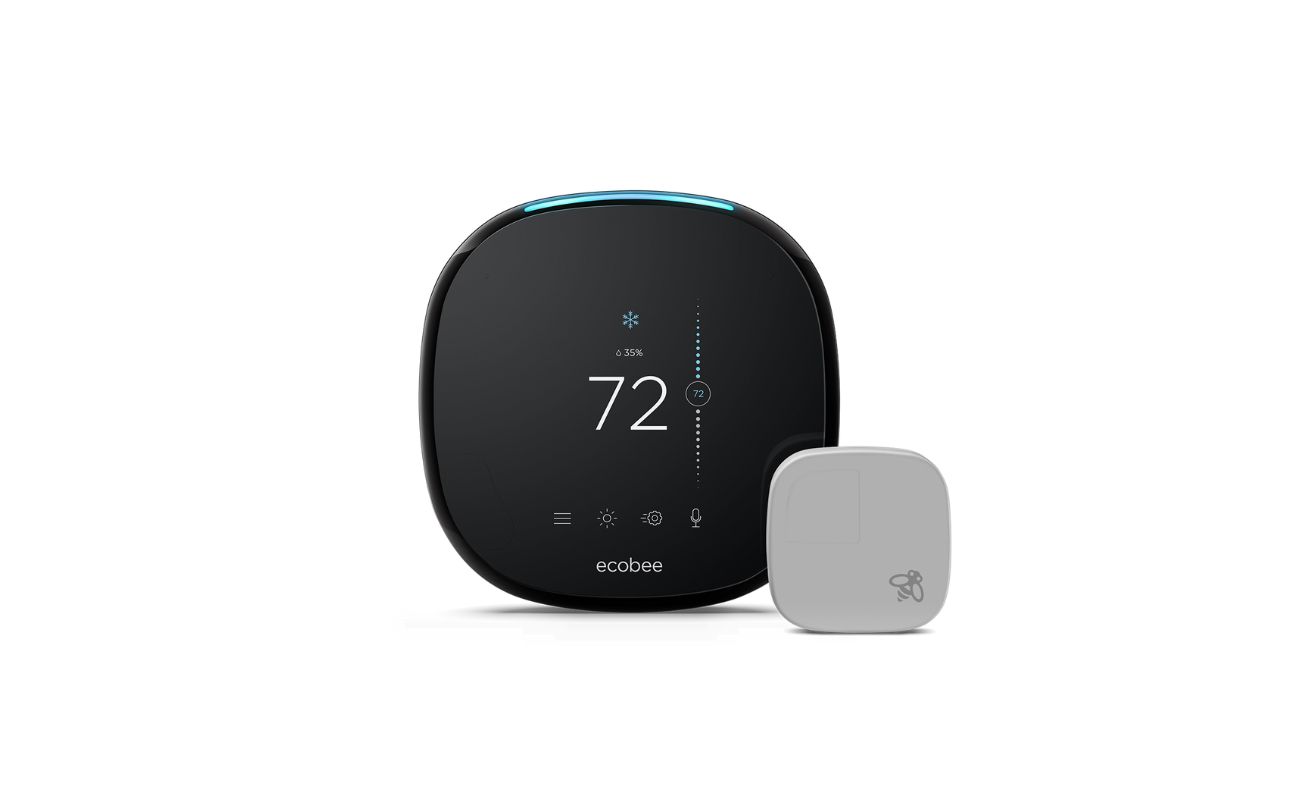
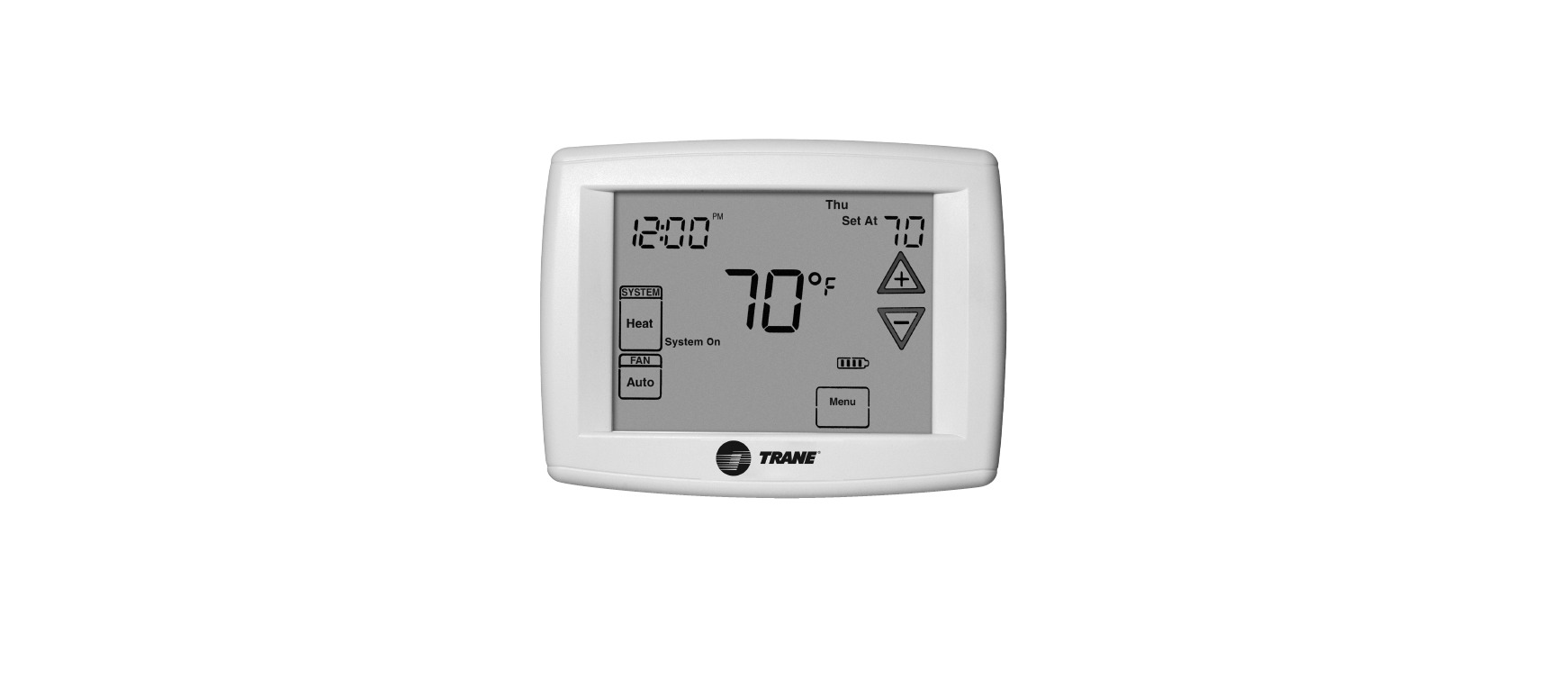
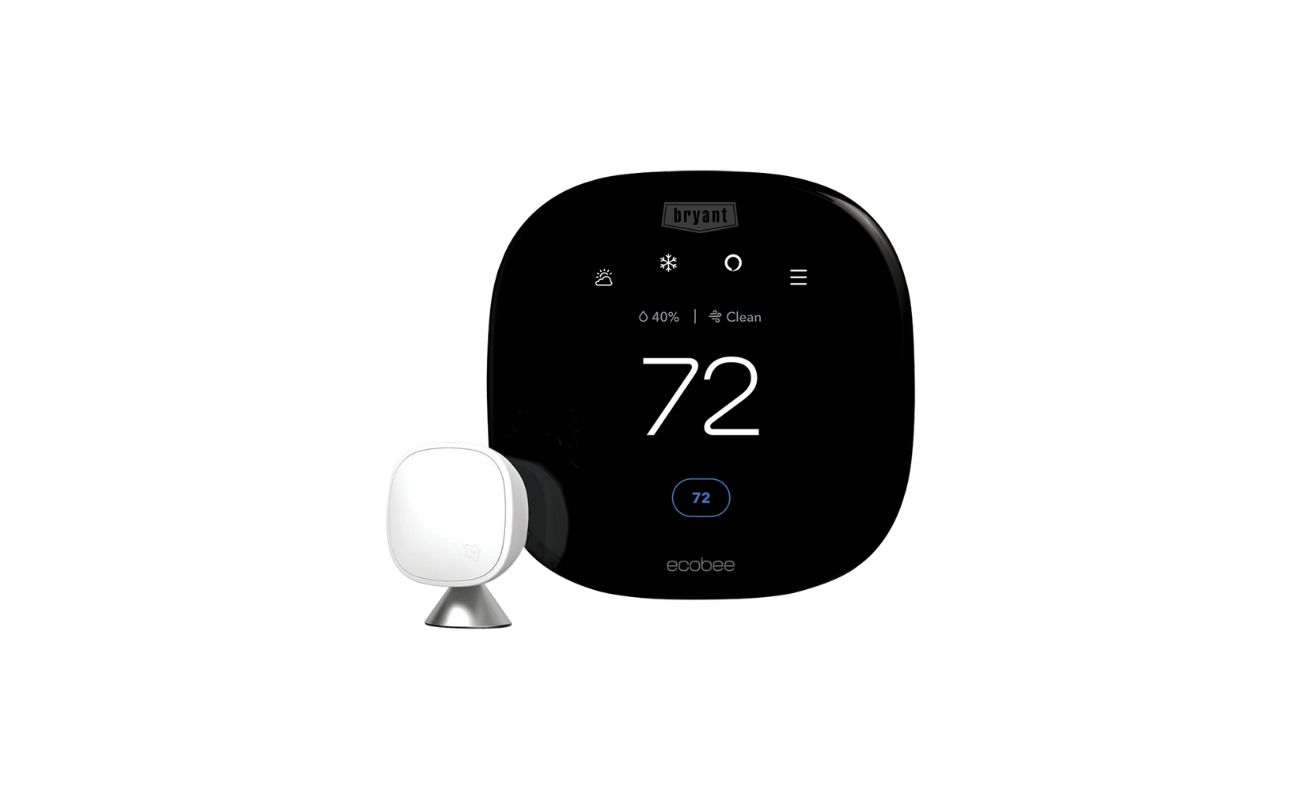
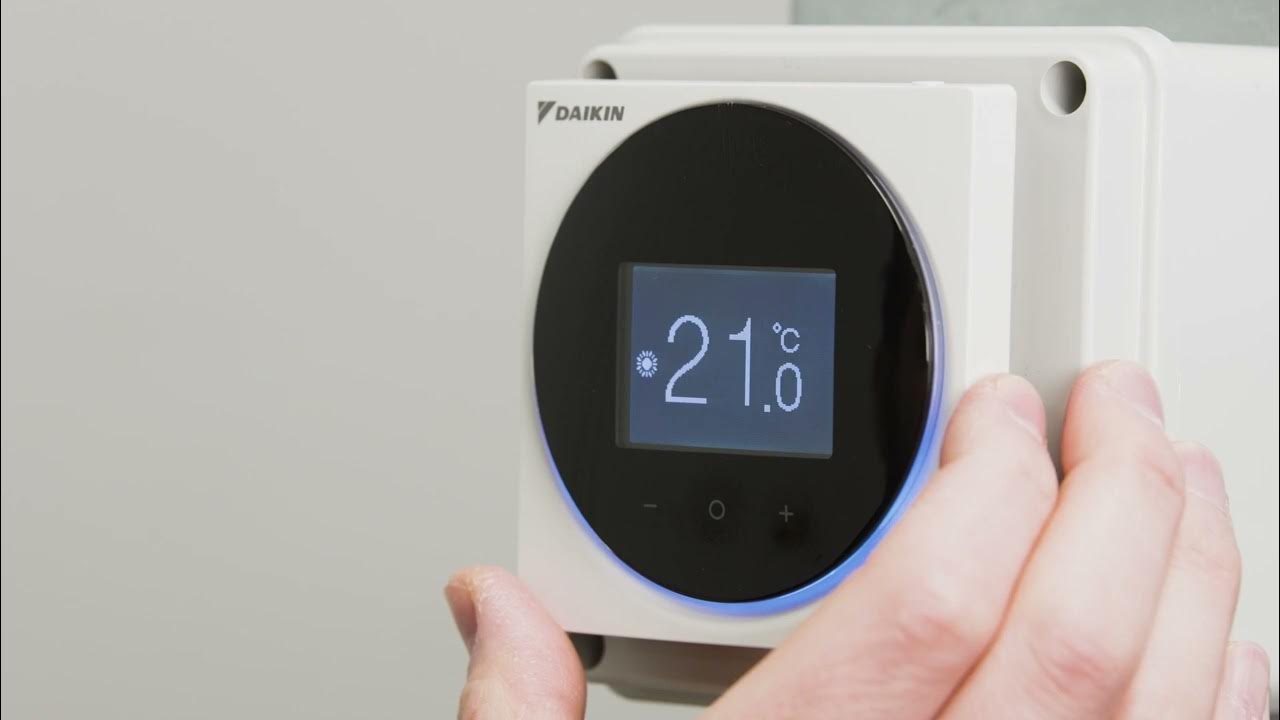
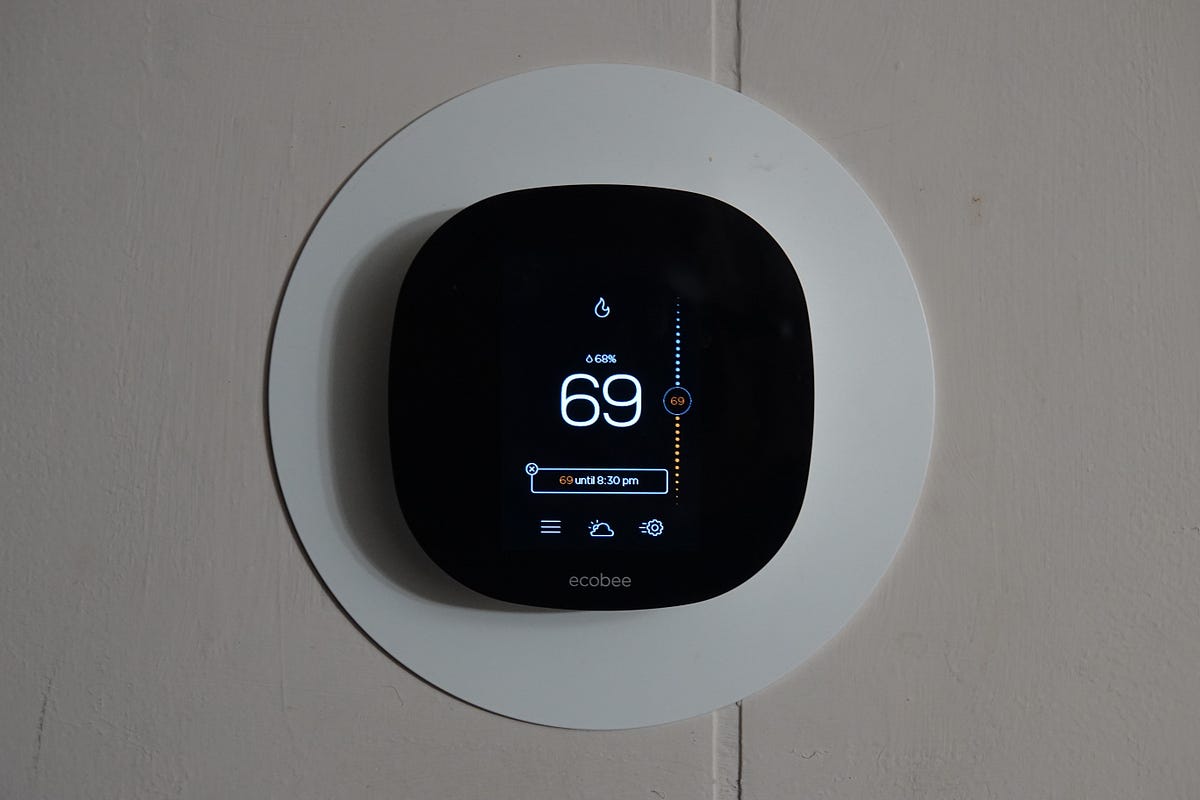
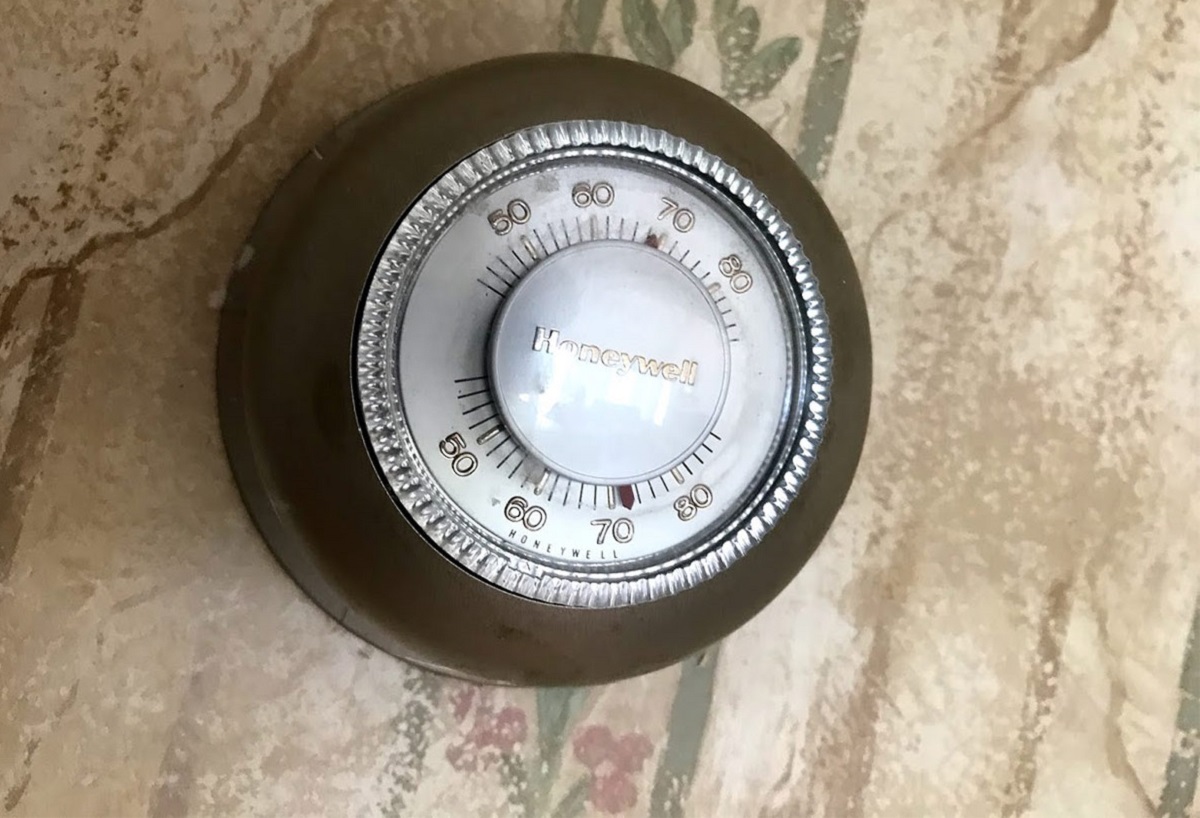
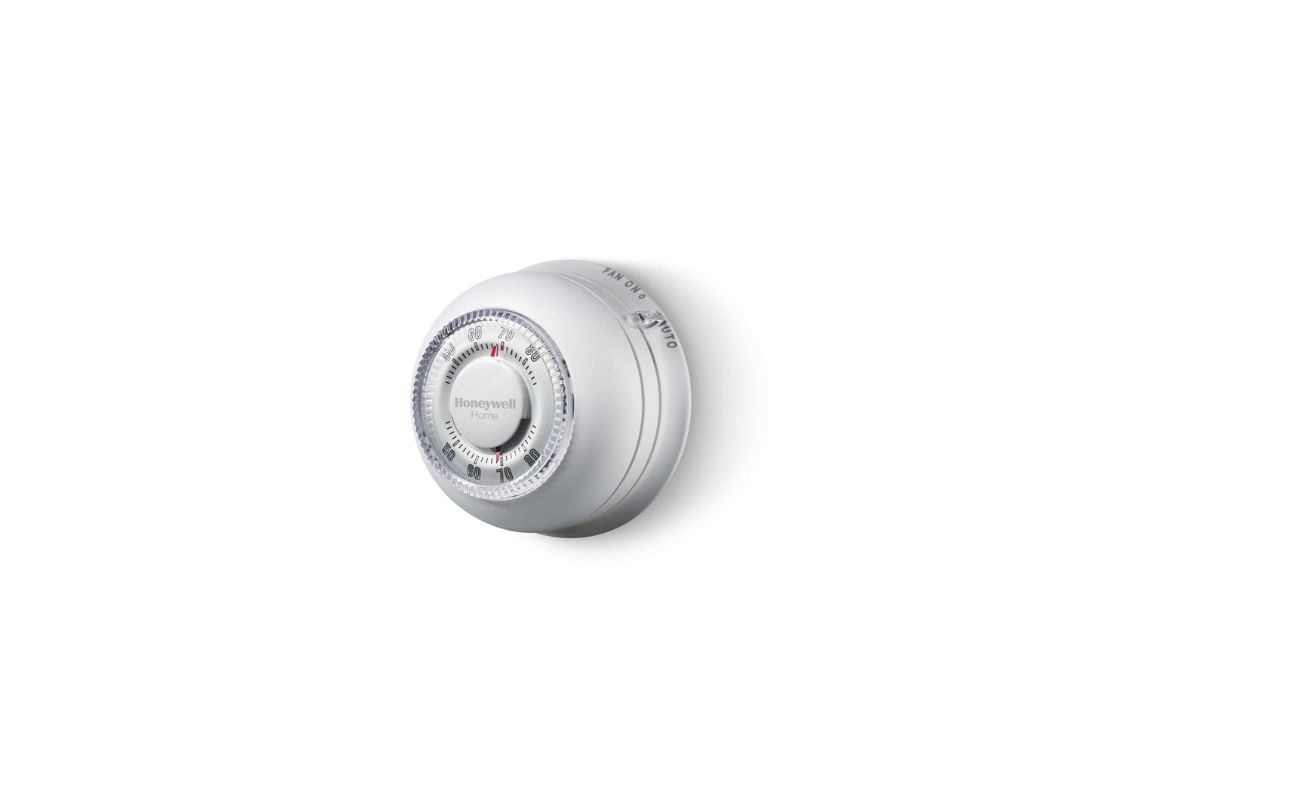
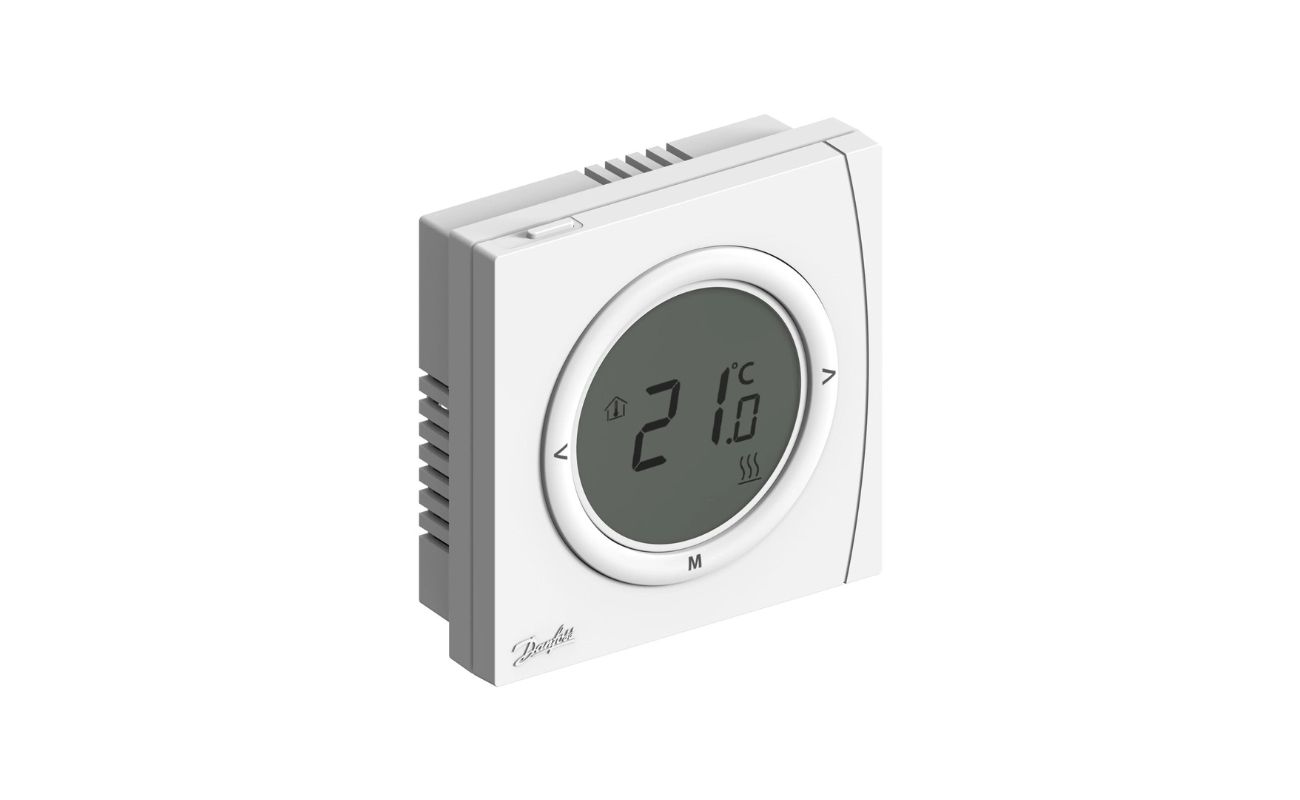
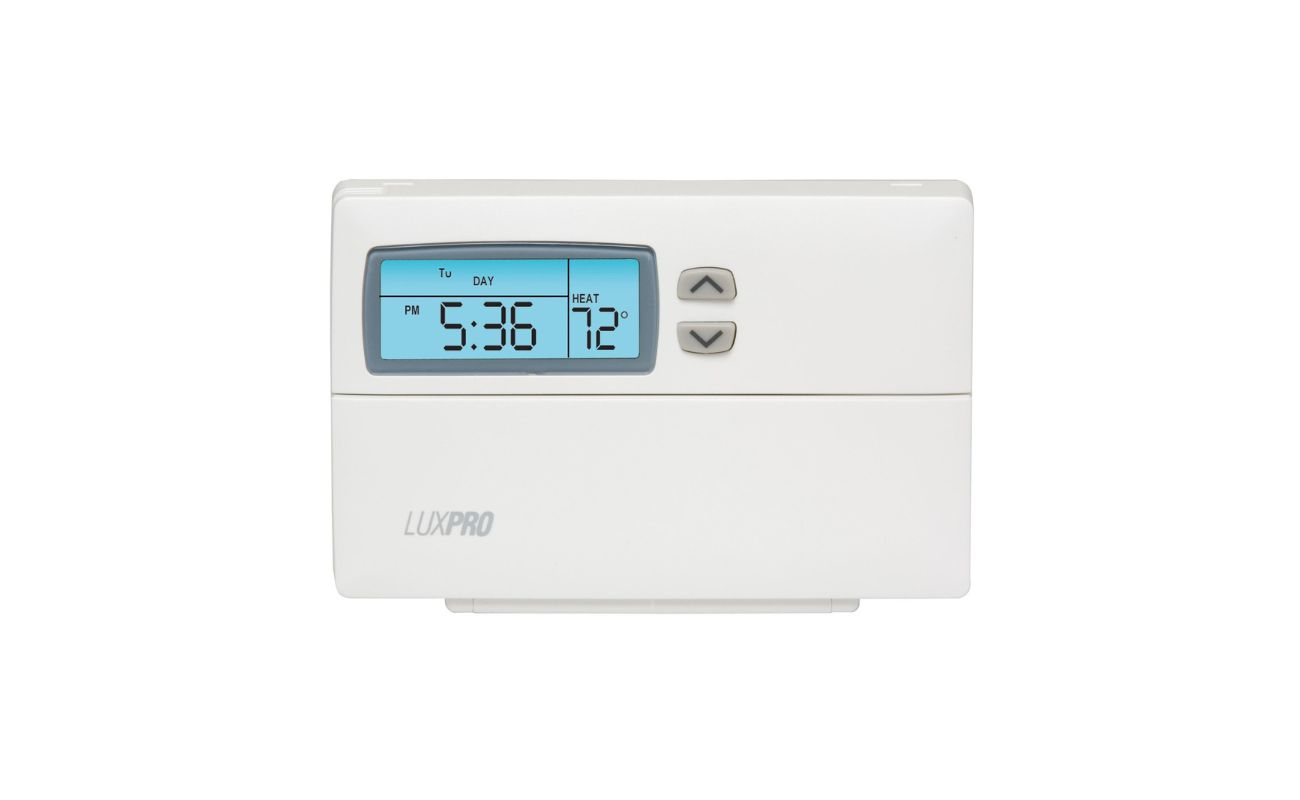
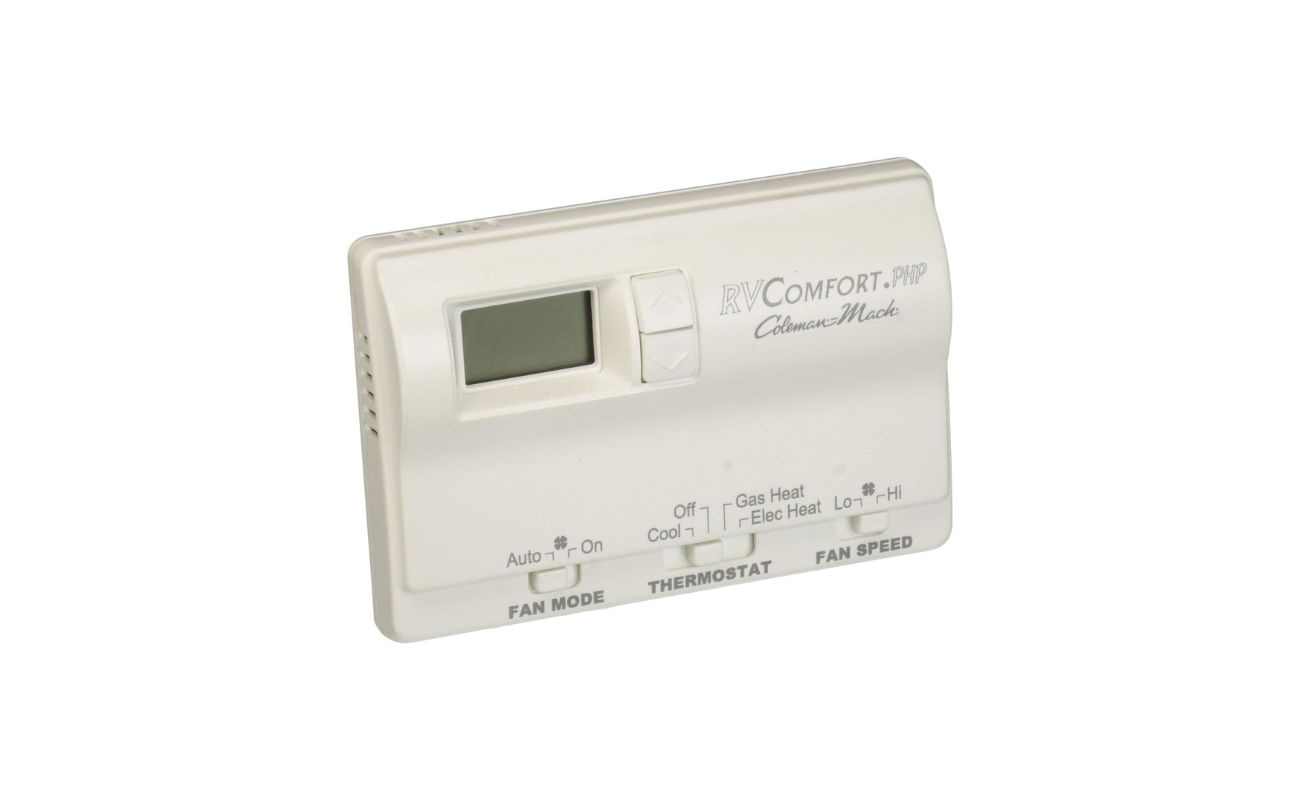
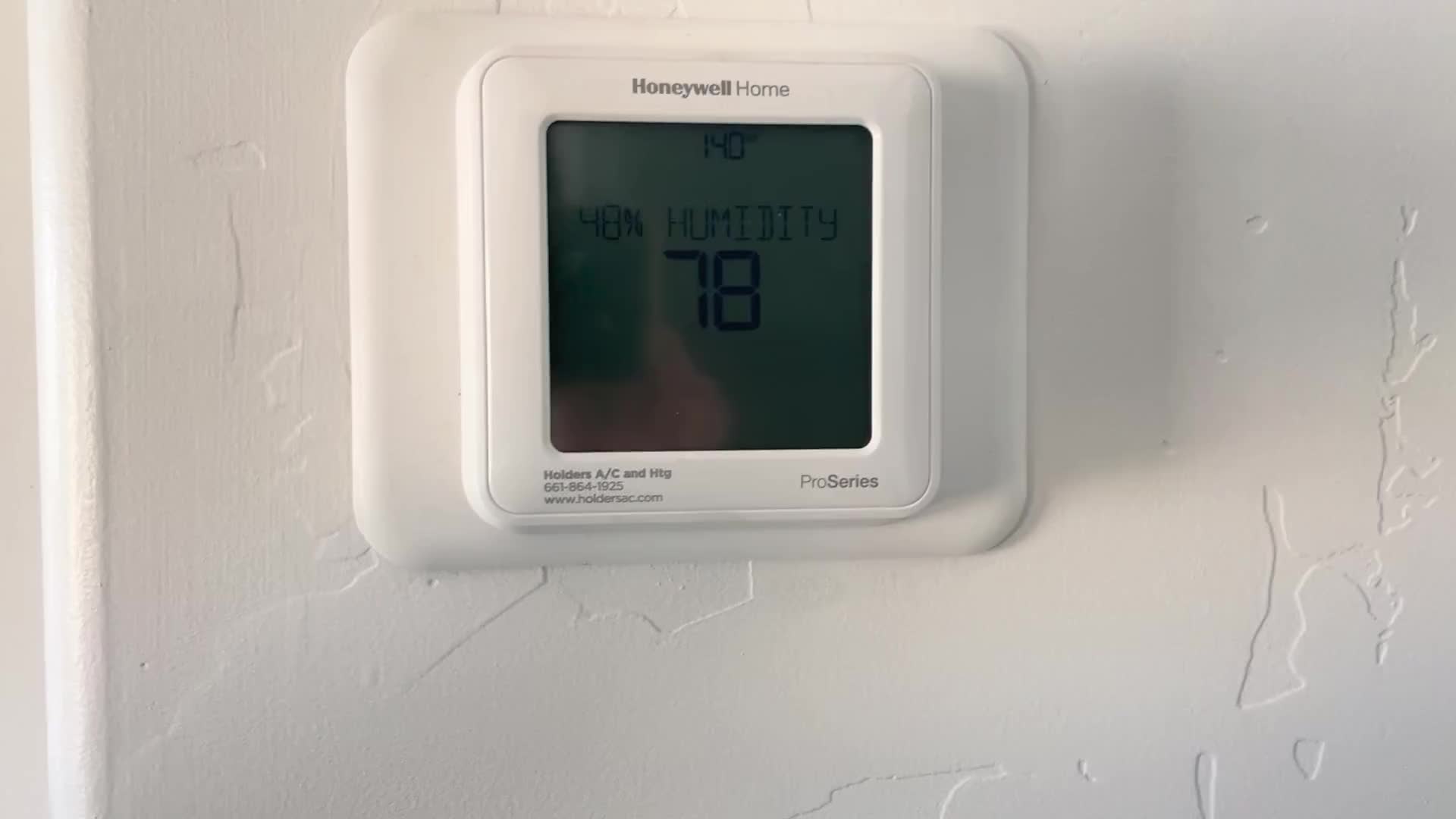
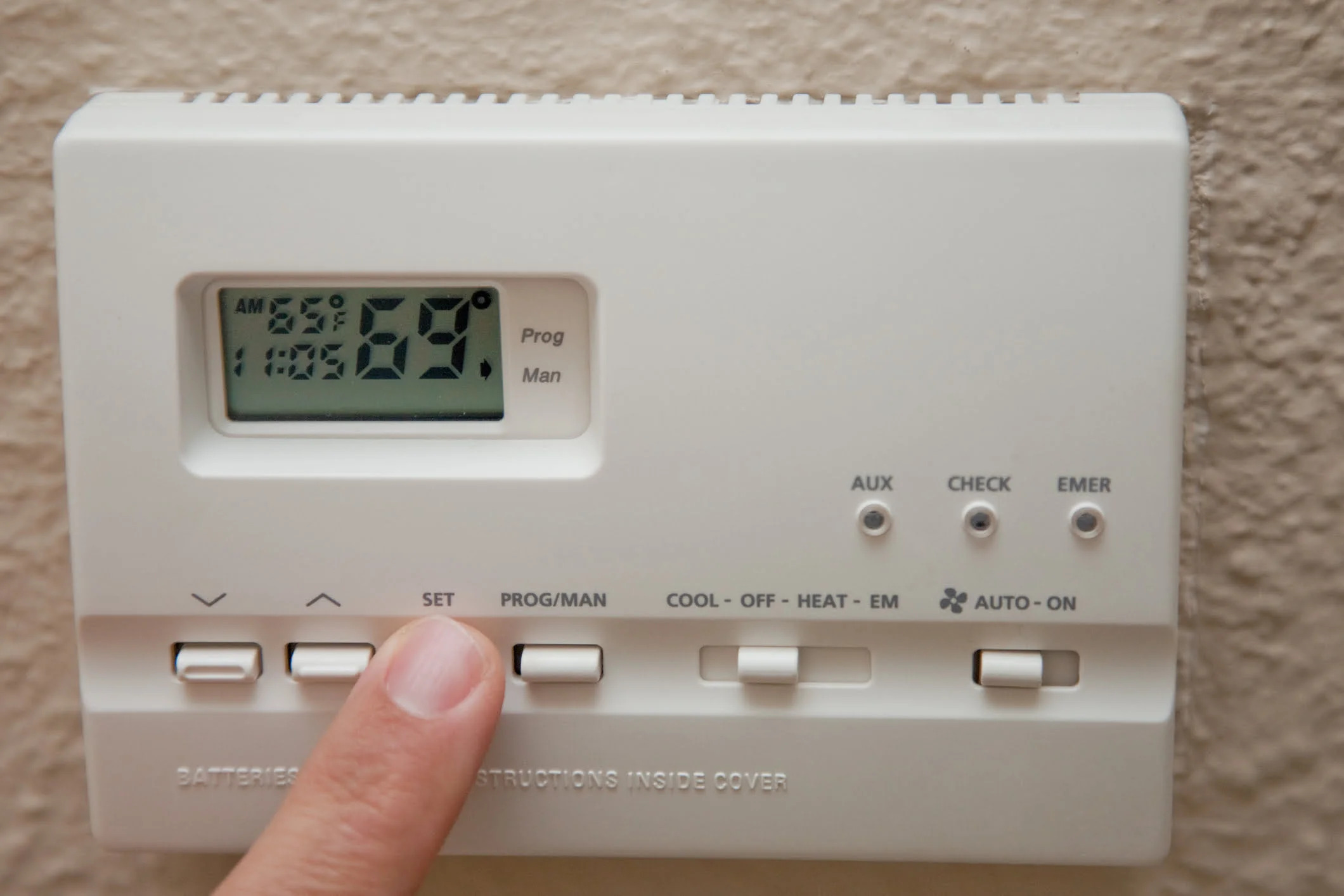

0 thoughts on “How To Use A Digital Thermostat”